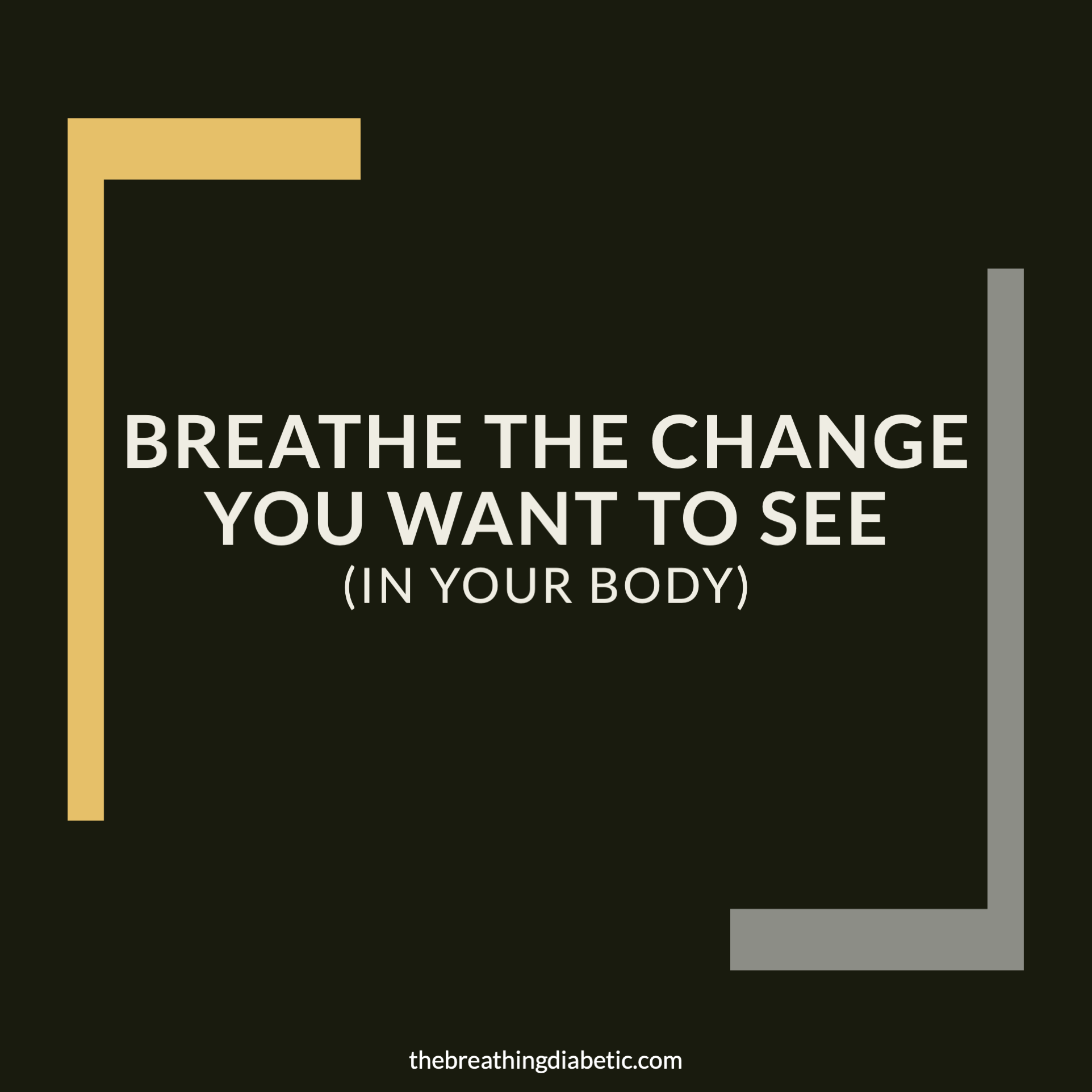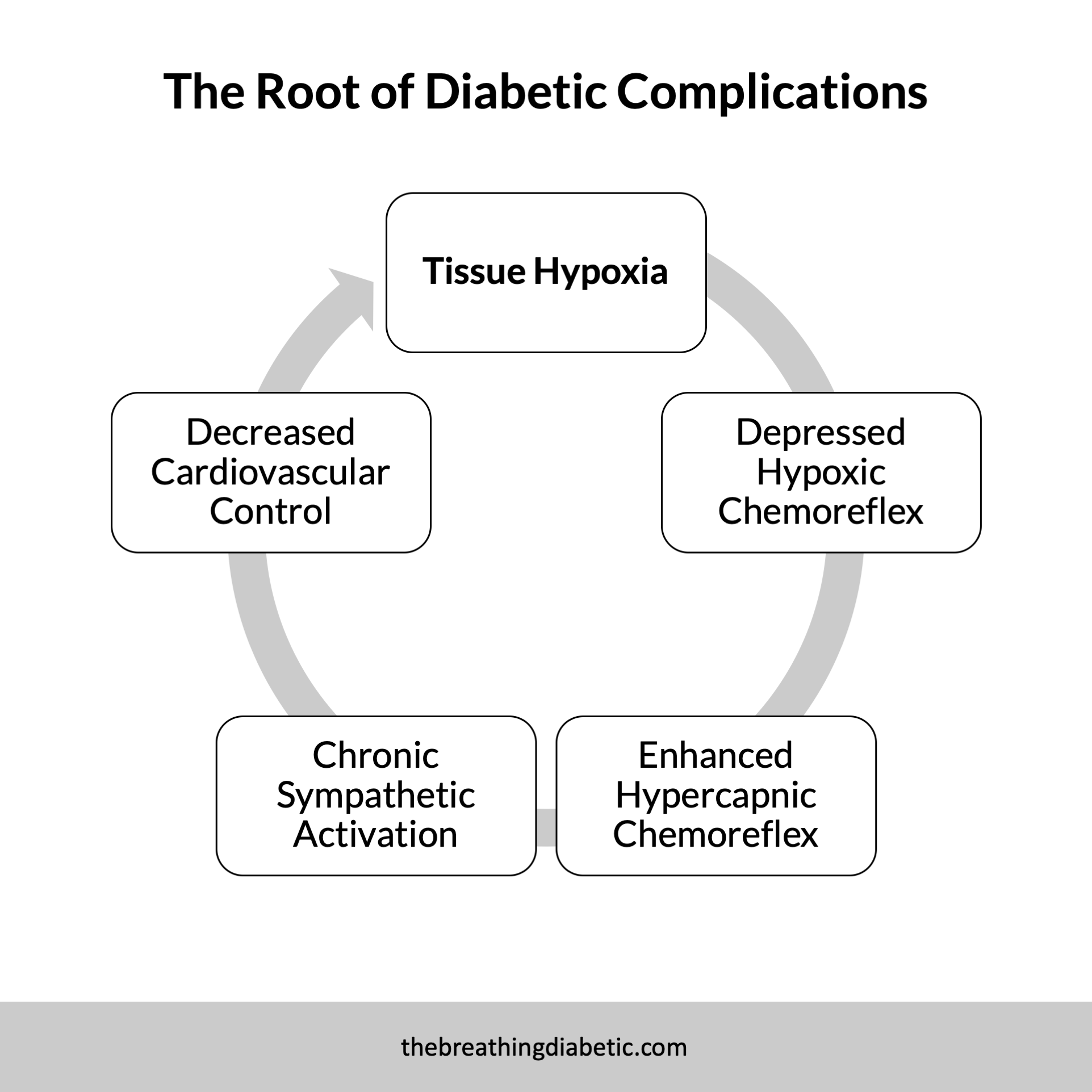Hello and Happy Monday. Welcome to another edition of The Breathing 4.1.1.
Below you’ll find 4 thoughts, 1 quote, and 1 answer (think "Jeopardy"). Enjoy!
4 THOUGHTS
1. What do 5,649 and 28,800 Have in Common?
"The average daily step count required to induce feelings of anxiety and depression and decrease satisfaction with life is 5,649. The typical American takes 4,774 steps per day. Across the globe, the average is 4,961." - Kelly McGonigal, The Joy of Movement
Active people become anxious and lose life satisfaction when their step count drops to 5,649 or less. That’s a bit staggering, given the U.S. and global step count statistics Kelly cites.
That passage got me thinking, "I wonder if there is a similar idea for breaths per day?" However, with breathing, it would be opposite: The more breaths you take, the more unhealthy you are. Sure enough, there is something close:
"Recent evidence suggests that an adult with a respiratory rate of over 20 breaths/minute is probably unwell, and an adult with a respiratory rate of over 24 breaths/minute is likely to be critically ill.” - Respiratory Rate: The Neglected Vital Sign
If your spontaneous breathing rate is over 20 breaths per minute, you are "probably unwell." That comes out to about 28,800 breaths per day.
So, do you want to feel unwell and anxious?
Take less than 5,649 steps and breathe more than 28,800 breaths per day.
Want to be happy and healthy?
Walk more, breathe less.
P.S. That 28,800 number might even be too high. James Nestor shares some great ancient wisdom on this:
"Chinese doctors two thousand years ago advised 13,500 breaths per day, which works out to nine and a half breaths per minute. "
- Breath
2. The Most Fundamental of the Fundamentals
Last week, Kobe Bryant provided an excellent example of the importance of practicing the fundamentals. We talked about how we don’t need to worry about the "latest and greatest" breathing technique. Instead, we need to focus on the fundamentals. They’re simple, but they’re not easy.
We can take that thought step farther: Breathing itself is the most fundamental of the fundamentals. We’re all in the sport of life. And that requires breathing…at least 13,500 times a day : ) So, let’s optimize that first, then work on the fundamentals of your particular sport or profession.
3. Bring Attention & Intention to Your Breathing
"Attention without intention is wasted energy." - Chris Bailey, Hyperfocus
This quote makes complete sense in terms of productivity, self-improvement, and group workouts (CrossFit, yoga, etc.). But the minute you apply it to something like sitting down to breathe, it can get misinterpreted:
"Set an intention for your breathing practice."
"Be intentional with your breathing today."
It’s just begging to be put in the "woo-woo" category and not be taken seriously.
But intentions are powerful (hence the quote from Chris Bailey). So a compromise I have made is to set scientific intentions before each slow breathing practice. "I am going to increase my heart rate variability" or "I am going to balance my autonomic nervous system."
These are just facts that I state at the beginning of my practice that work as intentions, without feeling woo-woo.
I find it to be an excellent way to give the practice more meaning. (And don’t forget to celebrate afterward!)
4. Slow Breathing for Hypertension
Slow, controlled breathing (<10 breaths per minute) has consistently been shown to be beneficial for reducing blood pressure. So much so that it is recognized by the American Heart Association for its positive effects. (They’ve given it a Class IIa, Level of Evidence B. Here’s what that means.)
This got me thinking about a paper published back in 2005 that I loved. They concluded:
"Slow breathing showed the potential to be a simple and inexpensive method to improve autonomic balance and respiratory control and reduce blood pressure in hypertensive patients." - Joseph et al. (2005)
The interesting part was that the authors provided an exciting hypothesis for how that’s occurring using autonomic function as the foundation. That hypothesis inspired me to create this little graphic to help get the point across.
1 QUOTE
My new favorite definition of success:
"To know that even one life has breathed easier because you have lived. This is to have succeeded."
- Ralph Waldo Emerson
1 ANSWER
Answer: The largest lung capacity of any mammal.
…
(Cue the Jeopardy music.)
…
Question: What is 5,000 liters (or 1,320 gallons)?
(For reference, the human lung has a capacity of about 6-liters.)
In good breath,
Nick









